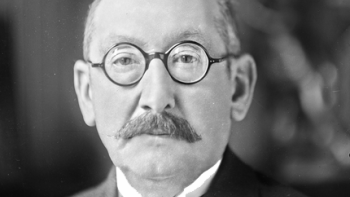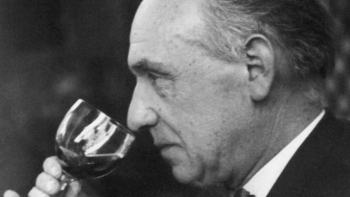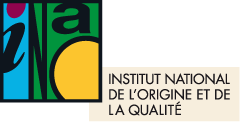1935-1970: the advent of INAO and the creation of Appellations d'Origine Contrôlées (AOCs)
Faced with a persistent crisis and still inadequate responses, the Comité national des appellations d'origine des vins et eaux de vie was created by the decree-law of July 30, 1935, merging administrative, judicial and professional aspects.
The legislation endows this establishment with the power to make proposals to the Ministry, and entrusts it with the recognition and regulation of new "appellations d'origine contrôlées". This power of proposal is unique insofar as administrations cannot modify the proposals of INAO bodies. It introduces the principle of co-decision between professionals and administrations, which subsists today through the dual governance of the Institute.
Joseph Capus was the first president of the Comité national des appellations d'origine des vins et eaux de vie, from 1935 to 1947.
The 1935 decree-law protects not only the name of the product, but also its distinctive features and its link with a specific terroir, thus distinguishing it from mere indications of provenance.

On May 14, 1936, a report by the Minister of Agriculture to the President of the Republic on Châteauneuf-du-Pape paved the way for recognition of the first appellations d'origines.
The first AOCs are recognized on May 15, 1936: Arbois, Cassis, Cognac, Châteauneuf-du-Pape, Monbazillac, Tavel.

On July 16, 1947, the Comité national des appellations d'origine et des vins et eaux-de-vie became the Institut national des appellations d'origine des vins et eaux-de-vie, the INAO. It is chaired by Baron Pierre Le Roy de Boiseaumarié, who holds this position for 20 years.
In 1953, a specific law enables Appellations d'origine fromagères to be recognized by decree. At that time, the recognition of cheese appellations d'origine was entrusted to the Comité National des Appellations d'Origine Fromagères (CNAOF), managed by the Services des Fraudes.
Despite these advances, no specific definition of appellation d'origine had yet been established. It wasn't until the Lisbon Agreement in 1958 that a definition of appellation d'origine was established, a definition that was adopted in France in 1966, 60 years after its creation. The INAO became a public body in 1967, and the regional committees of advisory bodies (CRINAO) were created. The system was consolidated until the 1980s.
.
Find out more about the History of INAO
- Key dates for official signs identifying quality and origin (SIQO) and INAO
- A brief history of official signs identifying quality and origin (SIQO) and INAO
- 1905-1935: the beginnings of appellations d'origine: a response to wine crises
- 1935-1970: the advent of INAO and the creation of appellations d'origine contrôlées
- 1960-1990: the creation of the Label Rouge and the recognition of organic farming
- 1990-2000: the development of SIQO in Europe and the extension of INAO's missions
- 2000 to today: INAO, a policy tool for promoting French agricultural products
- Bibliography
